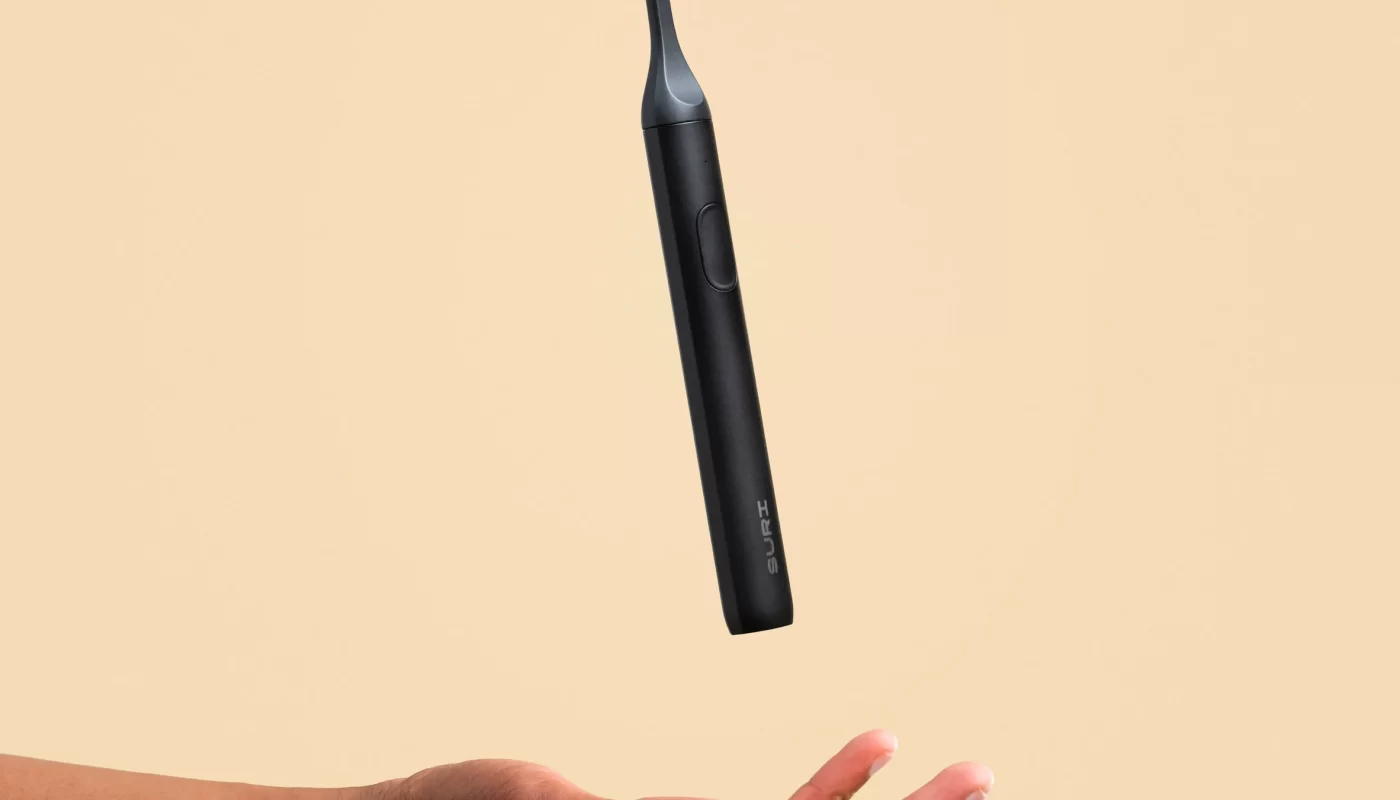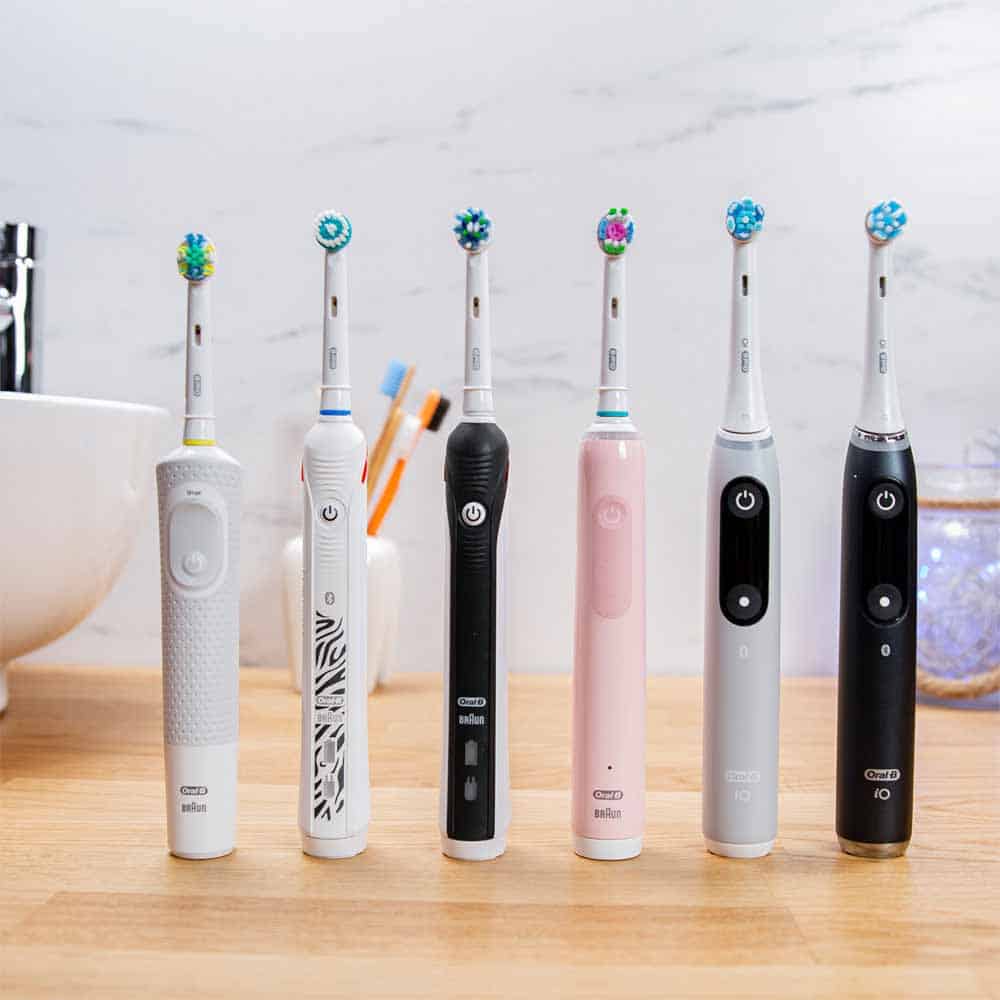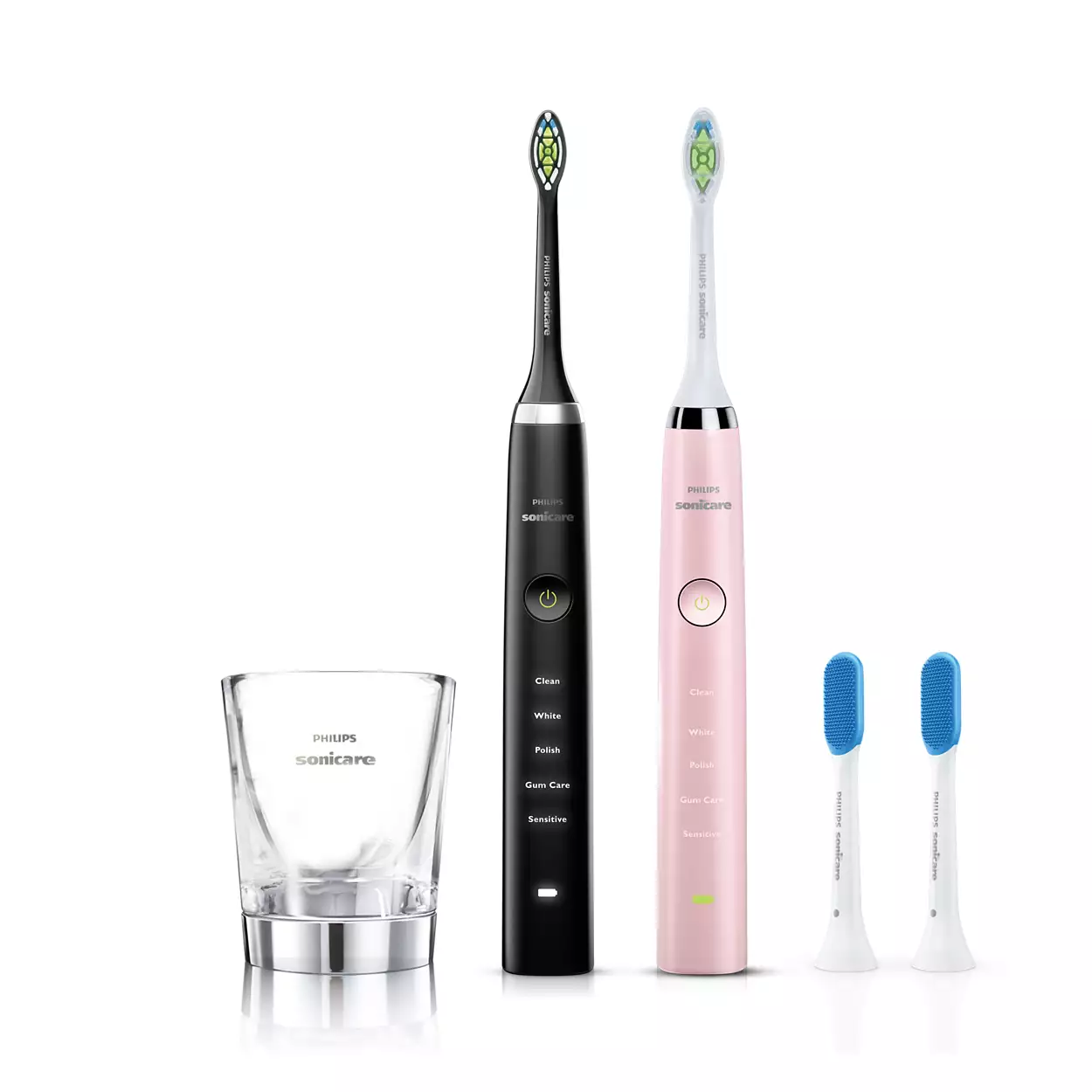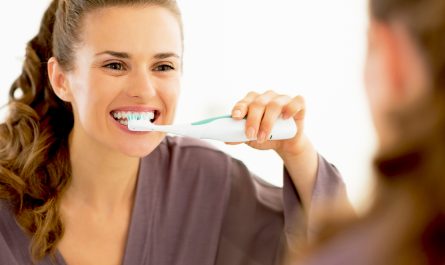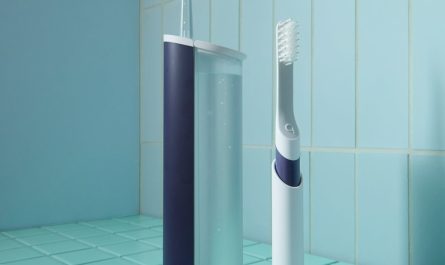In today’s fast-paced world, dental health remains a crucial aspect of our overall well-being. When it comes to temporary dental restorations, such as crowns, patients often have various concerns about their maintenance and care. One common question that arises is: “Can I use an electric toothbrush on a temporary crown?” In this article, we will explore everything you need to know about using an electric toothbrush on a temporary crown, including best practices, potential risks, and tips for maintaining oral hygiene during the treatment process.
Understanding Temporary Crowns
What Are Temporary Crowns?
Temporary crowns are dental restorations that are used as a short-term solution while waiting for a permanent crown to be created. They are typically made from acrylic or metal and are designed to protect the tooth and gums while providing a functional chewing surface.
Why Are Temporary Crowns Needed?
Temporary crowns are necessary for several reasons:
- Protection: They protect the underlying tooth from damage and sensitivity.
- Functionality: They allow patients to maintain normal chewing and speaking functions.
- Aesthetics: Temporary crowns help to maintain the appearance of your smile while awaiting a permanent solution.
Duration of Temporary Crowns
Typically, a temporary crown stays in place for a few weeks to a couple of months. The exact duration varies based on factors such as the complexity of the dental procedure and the laboratory’s turnaround time for creating the permanent crown.
Proper Oral Hygiene Practices
Importance of Oral Hygiene with Temporary Crowns
Maintaining proper oral hygiene is crucial, especially when you have a temporary crown. Neglecting oral hygiene can lead to complications such as decay at the crown margin, inflammation, or even infection.
General Hygiene Tips
- Brush Regularly: Brush at least twice a day, ensuring you cover all areas of your mouth.
- Floss Carefully: Floss gently around the crown to keep the area free from debris.
- Use Mouthwash: An antimicrobial mouthwash can help reduce bacteria in your mouth.
Electric Toothbrush vs. Manual Toothbrush
When it comes to cleaning your teeth, many people wonder whether an electric toothbrush is better than a manual one.
Benefits of Using an Electric Toothbrush
- Effectiveness: Electric toothbrushes are often more effective at removing plaque compared to manual ones. The oscillating or rotating heads can reach areas that may be hard to access manually.
- Timer Features: Many electric toothbrushes come equipped with timers to ensure that you brush for the recommended two minutes.
- Ease of Use: For many, electric toothbrushes require less effort than manual brushing, making them a popular choice.
Can You Use an Electric Toothbrush on a Temporary Crown?
Now, let’s delve into the primary question of the article: Can I use an electric toothbrush on a temporary crown? The short answer is yes, but there are several considerations to keep in mind.
Factors to Consider
- Sensitivity: Some patients may experience sensitivity with either type of toothbrush after getting a temporary crown. If that’s the case, it might be wise to use a softer brush on the sensitive areas.
- Technique: Using an electric toothbrush requires a different technique compared to a manual brush. You should let the brush do the work without applying excessive pressure.
- Crown Material: Temporary crowns are often made from less durable materials, which could be subject to wear and tear.
Guidelines for Using an Electric Toothbrush
When using an electric toothbrush on a temporary crown, it’s essential to follow certain guidelines to ensure that you do not damage the crown or the underlying tooth.
Recommended Techniques
- Gentle Pressure: Limit the amount of pressure you apply. Let the electric toothbrush do the cleaning.
- Angle the Brush Head: Hold the brush at a 45-degree angle to ensure you reach the area where the crown meets the gum line.
- Targeted Cleaning: Spend a little more time cleaning around the temporary crown. Focus on the margins where plaque builds up.
Consulting with Your Dentist
It is essential to maintain communication with your dentist throughout this process. If you have any concerns or experience unusual sensitivity, do not hesitate to reach out. Your dentist can provide personalized recommendations based on the specifics of your crown and dental health.
Risks of Using an Electric Toothbrush
Potential Issues
While electric toothbrushes offer many benefits, there are also potential risks to keep in mind, especially when caring for a temporary crown.
Damage to the Crown
The primary concern is the possibility of damaging the crown. Temporary crowns are not as strong as permanent ones, and aggressive brushing with an electric toothbrush could lead to cracks or dislodging.
Gum Irritation
High-speed vibrations can lead to gum irritation if used too aggressively. Patients with sensitive gums or recent dental work should be cautious.
Mitigating Risks
Choose the Right Brush
Select an electric toothbrush with soft bristles. Soft bristles are less likely to irritate your gums or damage your temporary crown.
Avoid High Settings
If your electric toothbrush has multiple settings, start with a lower setting. This helps ensure that you are not applying excessive pressure or speed.
Alternatives to Electric Toothbrushes
Manual Toothbrush
If you’re concerned about using an electric toothbrush on your temporary crown, consider switching to a manual toothbrush for the time being.
Benefits of Manual Toothbrushes
- More Control: Many individuals find that a manual brush gives them more control over the brushing technique, which can be beneficial during sensitive periods.
- Less Aggressive: Manual toothbrushes can often be less aggressive on temporary crown surfaces and surrounding gums.
Other Oral Hygiene Tools
If you want to enhance your oral hygiene routine but are concerned about using an electric toothbrush, consider integrating other tools:
- Interdental Brushes: These can help clean between teeth and around the crown.
- Water Flossers: These devices use a stream of pulsating water to remove debris and promote gum health. They can be beneficial for patients with temporary crowns.
- Soft Picks: These can gently clean between teeth without the aggressive scrubbing associated with some toothbrushes.
Lifestyle Adjustments
Diet Considerations
Maintaining a healthy diet is critical to the longevity of not only your temporary crown but your overall dental health.
Foods to Avoid
- Sticky Foods: Avoid chewing gum or eating foods that can dislodge the temporary crown.
- Hard Foods: Foods like nuts and hard candies can break the crown or even fracture the tooth underneath.
- Sugary Snacks: These can contribute to plaque buildup around the crown.
Smoker’s Caution
If you are a smoker, consider reducing your smoking habits as tobacco can irritate gums and slow down healing processes.
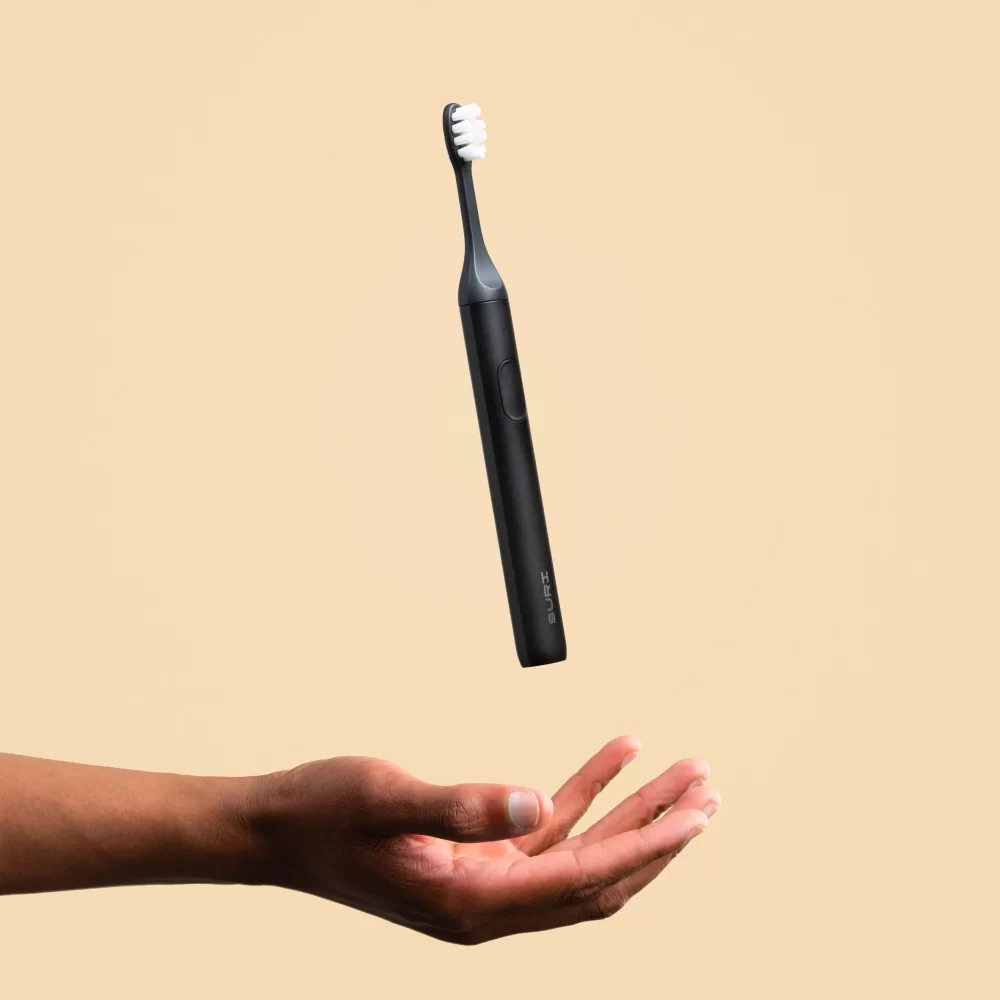 When to Seek Professional Advice
When to Seek Professional Advice
Signs You Should Visit the Dentist
It’s essential to monitor your dental health regularly. Be alert for the following signs indicating that you should consult your dentist:
- Increased Sensitivity: If you experience heightened sensitivity around the temporary crown.
- Discomfort or Pain: Continuous pain when chewing or biting down could signal issues.
- Crown Dislodgment: If your temporary crown becomes loose or falls out, visit your dentist immediately.
Conclusion
In conclusion, yes, you can use an electric toothbrush on a temporary crown as long as you exercise caution and follow the recommended guidelines. While electric toothbrushes can offer advantages in terms of plaque removal, it is vital to be mindful of your technique, brush head choice, and the specific sensitivities surrounding temporary crowns. Keeping up with your dental health routine will not only contribute to the lifespan of your temporary crown but also to your overall oral health. Remember, regularly consulting with your dentist ensures that you are on the right path to optimal dental care during your treatment process. So, the next time you ask, “Can I use an electric toothbrush on a temporary crown?” just remember that the answer, while positive, comes with important caveats that must be heeded for best results.

